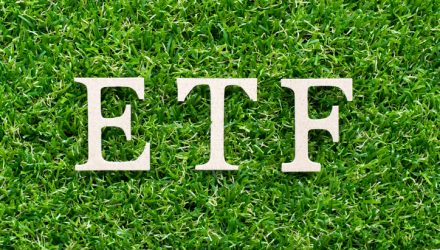By David Trainer
- The large number of ETFs hurts investors more than it helps as too many options become paralyzing.
- Performance of an ETF’s holdings are equal to the performance of an ETF.
- Our coverage of ETFs leverages the diligence we do on each stock by rating ETFs based on the aggregated ratings of their holdings.
Finding the best ETFs is an increasingly difficult task in a world with so many to choose from. How can you pick with so many choices available?
Don’t Trust ETF Labels
There are at least 152 different All Cap Blend ETFs and at least 508 ETFs across 12 styles. Do investors need 42-plus choices on average per style? How different can the ETFs be? Those 152 All Cap Blend ETFs are very different. With anywhere from 23 to 8,125 holdings, many of these All Cap Blend ETFs have drastically different portfolios, creating drastically different investment implications. The same is true for the ETFs in any other style, as each offers a very different mix of good and bad stocks. Large Cap Blend ranks first for stock selection. Small Cap Growth ranks last. Details on the Best & Worst ETFs in each style are here.
How to Avoid Paralysis by Analysis
We think the large number of All Cap Blend (or any other) style ETFs hurts investors more than it helps because too many options can be paralyzing. It’s simply not possible for the majority of investors to properly assess the quality of so many ETFs. Analyzing ETFs, done with the proper diligence[1], is far more difficult than analyzing stocks because it means analyzing all the stocks within each ETF. As stated above, that can be as many as 8,125 stocks, and sometimes even more, for one ETF. Anyone focused on fulfilling the fiduciary duty of care recognizes that analyzing the holdings[2] of an ETF is critical to finding the best ETF. Figure 1 shows our top-rated ETF for each style.

